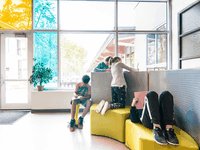
Now students are back in the schools, designers must take a fresh look at whether the learning environments being designed are enough to attract and retain students.
Many students were forced to learn from their own homes for months or even years. With this came the challenge of decreased productivity and motivation. However, students discovered there are benefits to working from home - comfort being a major advantage. At home, students have the opportunity to sit how and where they are most comfortable.
Learning from home had many drawbacks, and because of this, education facilities are seeking to bring back the connectivity and collaborative atmosphere now that the students are together again.
This raises the question: Why not intertwine the benefits of learning from home into the designs of our existing educational environments? This means incorporating the idea of academic common spaces.
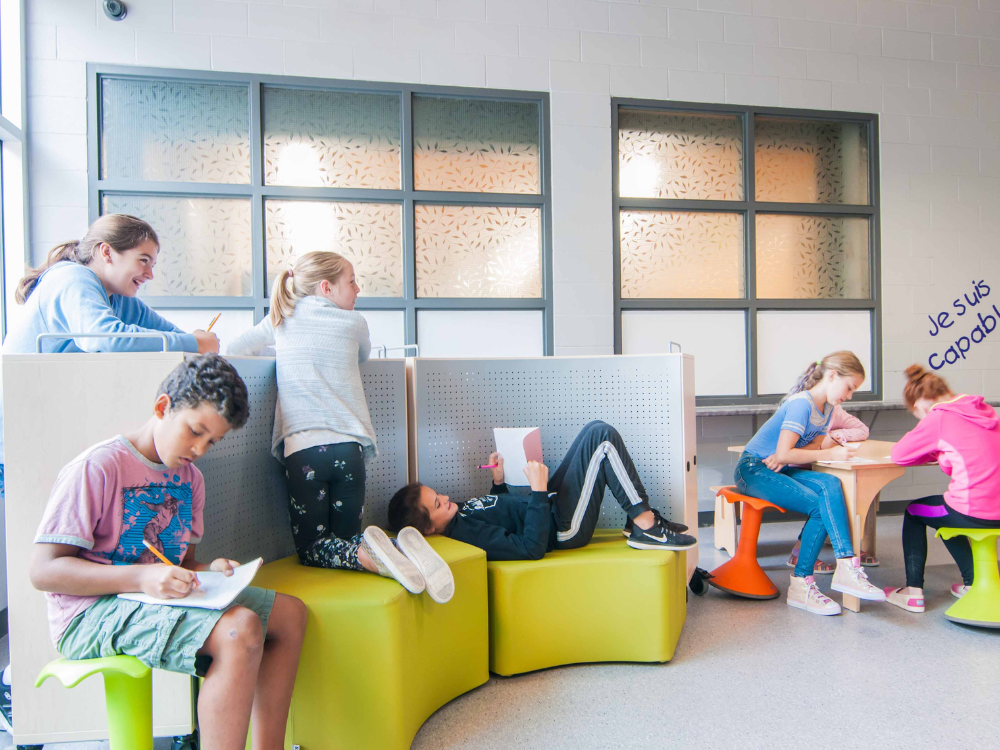 Kenora Catholic District School Board
Kenora Catholic District School Board
Academic common spaces can be categorized into two different areas.
Common Areas. Large common areas (sometimes referred to as learning centers), can act as large communal living spaces. These areas provide a variety of seating to accommodate all learners. Here you will often find booth-style seating, smaller nooks for discussions between peers, couches, collaborative tables with a variety of plants and acoustics included to help dampen the noise.
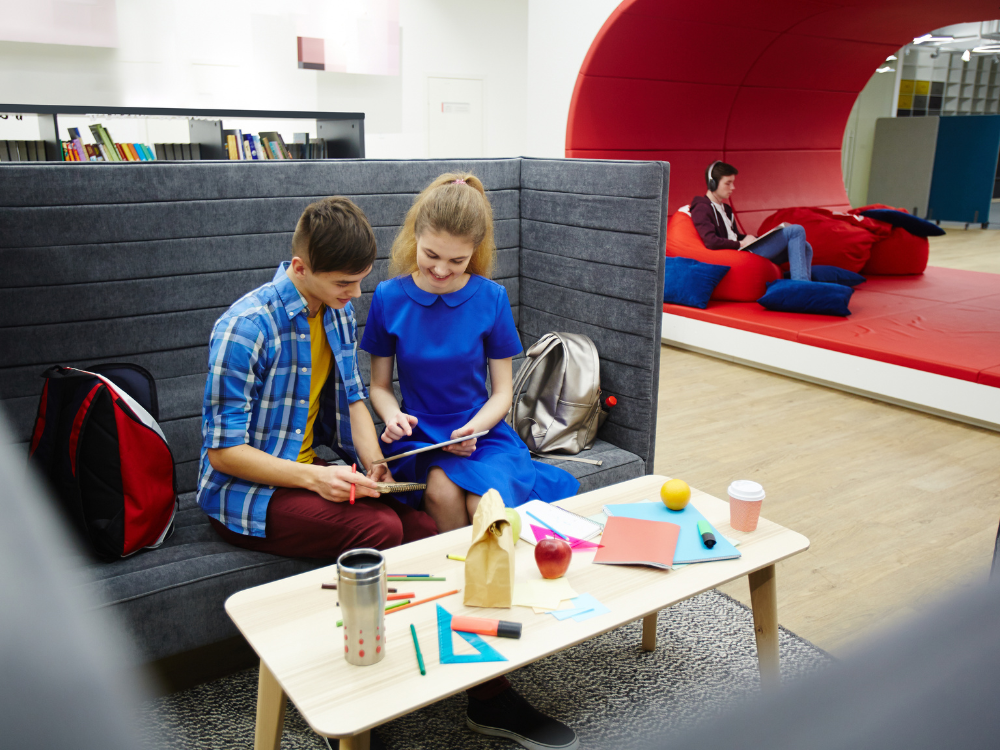
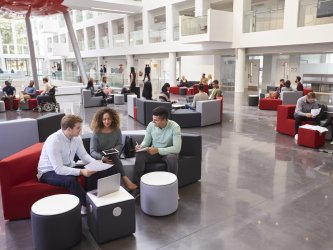
This space is a hub where the ideas of tomorrow are formed and discussed—accommodating all learners, with a variety of areas to suit each need.
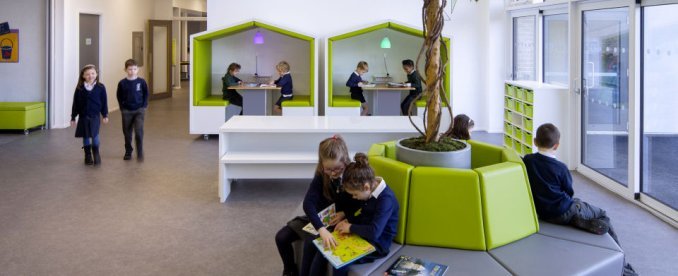 Breakout Space at St John's Primary School, Nook Pod.
Breakout Space at St John's Primary School, Nook Pod.
The second area is the smaller academic common room. This space has the look and feel of a typical living room. It is smaller, cozy, and has space to focus on the task at hand or catch up on the novel assigned in English class. Multiple spaces like this are essential in each building to ensure students who require quieter spaces to focus are accommodated.


Comfort is very important. Physical ease can lead to ease of the mind, ecouraging students to be more motivated to attend school and learn successfully. Spaces like the aforementioned areas spark creativity and innovation, which foster the needs of the future.
Once you’re ready to create an academic common space in your educational facility, please reach out to the Accent Team! Remember, our experience is your best tool.
References:
David. (n.d.). Cool Schools – helping to Redefine Space And Behaviour In Schools. https://nookpod.com/2021/02/08/cool-schools-how-nook-is-helping-redefine-space-and-behaviour-in-schools/
FitzGerald, R. (n.d.). Look Out for These 9 Education Design Trends in 2022. https://www.parterreflooring.com/educational-design-trends/
#learningspaces #livingspaceinschools #comfort #studentsbeingcomfortable #creativityandinnovationinschools #modernspaces #nookpod #innovation #learningcenters
comments powered by Disqus

